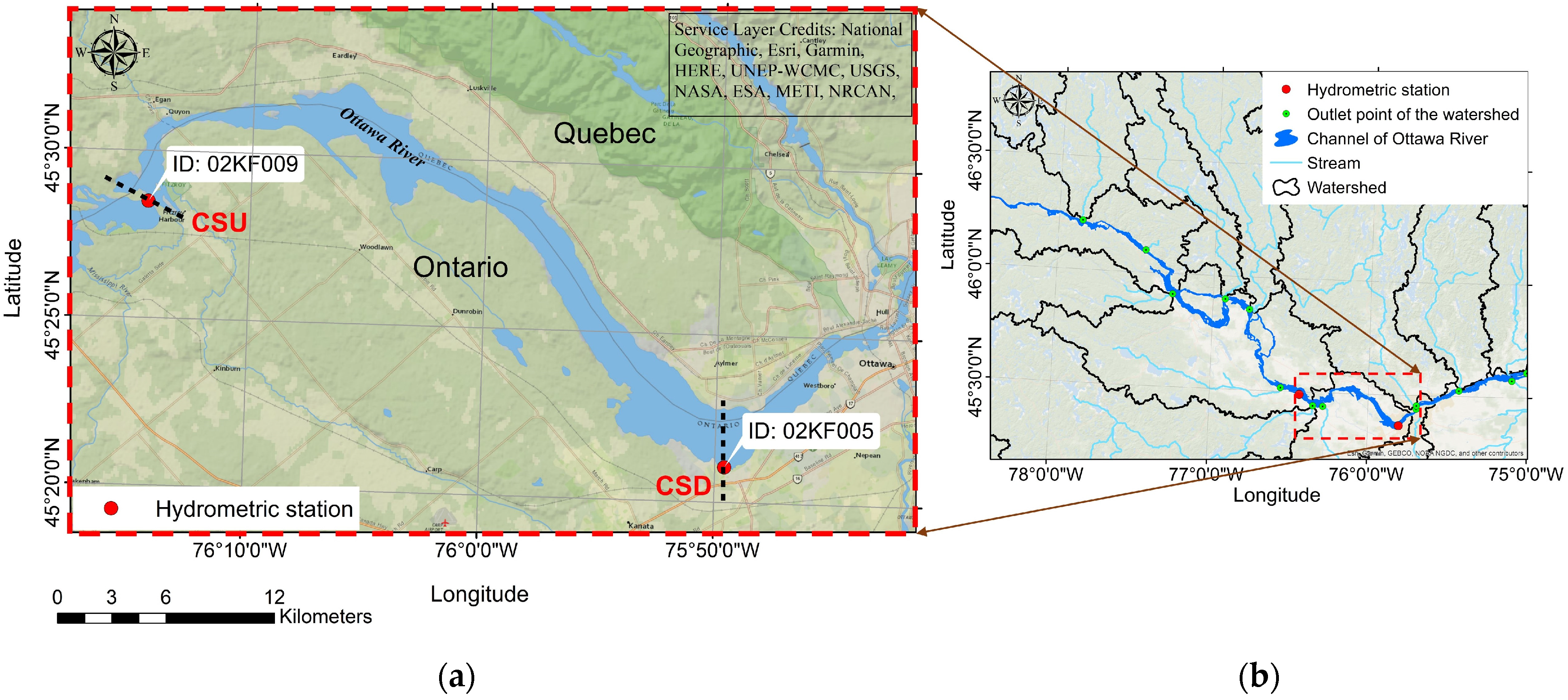2024-11-18 カナダ・コンコルディア大学
<関連情報>
- https://www.concordia.ca/news/stories/2024/11/19/artificial-intelligence-can-be-used-to-predict-river-discharge-and-warn-of-potential-flooding-new-concordia-study-shows.html
- https://www.mdpi.com/2306-5338/11/9/151
河川流量予測のための機械学習モデル: カナダ・オタワ川のケーススタディ Machine Learning Model for River Discharge Forecast: A Case Study of the Ottawa River in Canada
M. Almetwally Ahmed andS. Samuel Li
Hydrology Published: 12 September 2024
DOI:https://doi.org/10.3390/hydrology11090151

Abstract
River discharge is an essential input to hydrosystem projects. This paper aimed to modify the group method of data handling (GMDH) to create a new artificial intelligent forecast model (abbreviated as MGMDH) for predicting discharges at river cross-sections (CSs). The basic idea was to optimise the weights for selected hydrometric and meteorological predictors. One novelty of this study was that MGMDH could take the discharge observed from a neighbouring CS as a predictor when observations from the CS of interest had ceased. Another novelty was that MGMDH could include meteorological parameters as extra predictors. The model was validated using data from natural rivers. For given lead times, MGMDH automatically determined the best forecast equations, consistent with physical river hydraulics laws. This automation minimised computing time while improving accuracy. The model gave reliable forecasts, with a coefficient of determination greater than 0.978. For lead times close to the advection time from upstream to the CS of interest, the forecast had the highest reliability. MGMDH results compared well with some other machine learning models, like neural networks and the adaptive structure of the group method of data handling. It has potential applications for efficiently forecasting discharge and offers a tool to support flood management.



